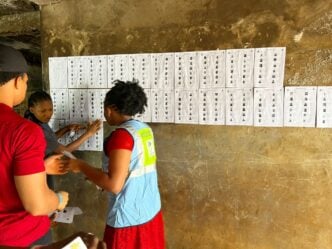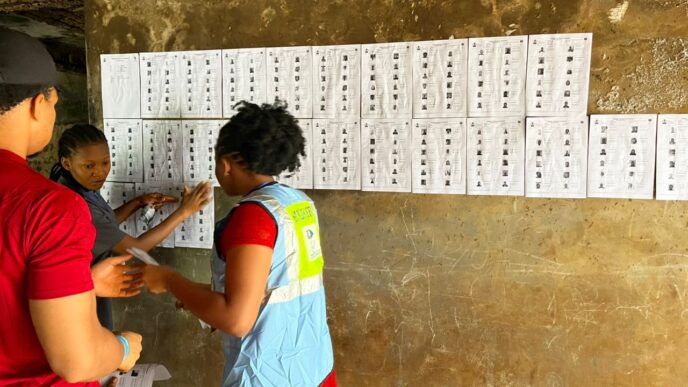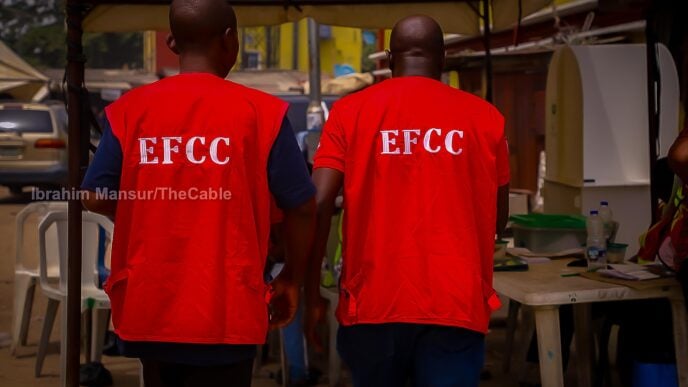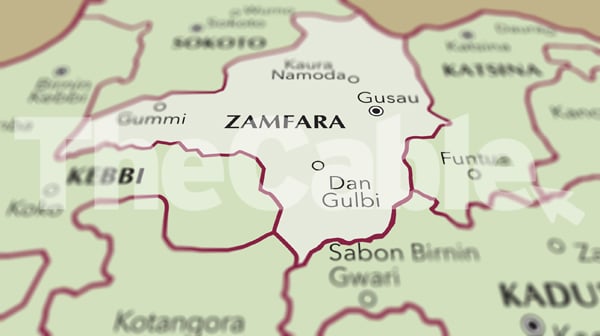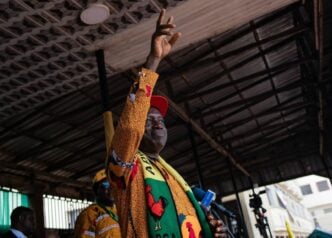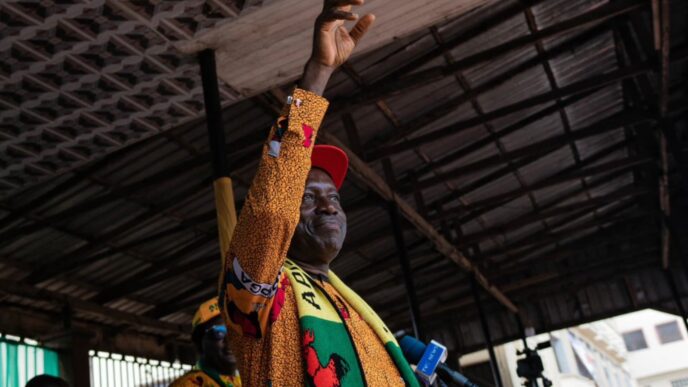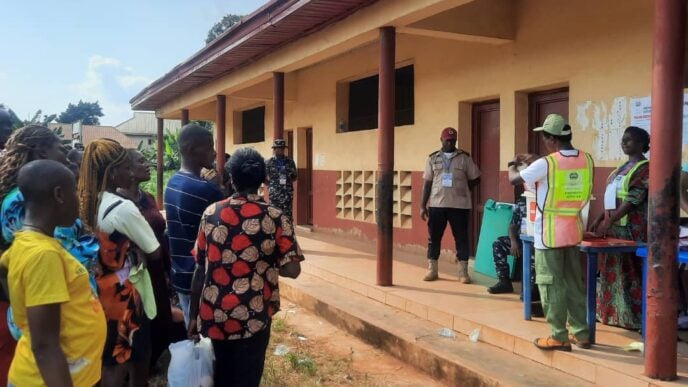The Centre for Democracy and development (CDD-West Africa) has noted vote trading and voter apathy as part of the issues observed during the Anamber governorship election.
During an election briefing on the Anambra governorship poll on Saturday, CDD said the election is unfolding amid persistent concerns about voter apathy, low electoral competitiveness, and the fragility of key electoral institutions.
The centre said the legacy of previous administrations, public distrust in INEC post-2023, and fears of violence or manipulation continue to shape perceptions alongside intra-party divisions, unequal access to state resources, and exclusion of women and youth.
“Gaps in Institutional Preparedness
CDD-EAC observed that 72.2 percent of polling units opened on time, with officials present before 8:30 am,” CDD said.
Advertisement
“An additional 19.5 percent opened between 8:30 am and 9:00 am, while 1.5 percent began operations after 9:00 am. However, 5.4 percent of polling units experienced significant delays, with officials arriving after 10:00 am.
“These figures reflect generally effective early deployment by INEC across most areas. Still, the delays observed in a small but notable portion of polling units suggest operational gaps that need addressing, particularly regarding last-mile logistics in harder-to-reach or densely populated communities.”
BVAS FAILURE IN SOME WARDS
Advertisement
CDD noted that the Bimodal Voter Accreditation System (BVAS) experienced failures in some instances, as observed in Anaocha LGA, ward 4 (Agulu), PU011.
According to CDD, the BVAS failed to capture thumbprints, and no corrective measures were in place.
“Similar issues were observed in Idemili South LGA, ward 2 (Alor), PU004, and Nkpor ward 2, Idemili north (PU002) where voting had not commenced by 10:12 am and 11:00 am, respectively,” the centre said.
“In Anambra central, particularly in Njikoka LGA, Umudim ward 2 (PU035), the facial recognition feature of the BVAS machine functioned poorly.”
Advertisement
On security, CDD said security personnel were present at 87.3 percent of polling units observed by CDD-EAC, while 12.7 percent recorded no security presence at the time of observation.
“In locations where officers were deployed, the security presence consisted of an average of three to four officers per unit, contributing to a calm and orderly voting environment in most cases,” CDD said.
“Of the officers observed, 80.8 percent were male and 19.2 percent were female. High-density polling stations, such as village halls with large clusters of voters, experienced the presence of more security personnel, leading to visible efforts of crowd control.
“CDD also observed a high concentration of security officials, media and election observers in polling units associated with popular political figures.
Advertisement
“In contrast, polling units with fewer registered voters showed inadequate security coverage, which aligns with the 12.7 percent of PUs that had no security personnel present.
“This disparity in deployment raises concerns about strategic allocation of security resources, especially in rural polling units.
Advertisement
“While the overall security coverage was sufficient in most areas, the lack of consistent deployment risks undermines electoral integrity and public trust.
“All polling units, regardless of size or location, require adequate and competent security coverage to safeguard the voting process and ensure that all voters can participate without fear or interference.”
Advertisement
The centre said observers recorded multiple incidents of vote buying and trading across the state during the election, with particularly high concentrations in the Anambra central and Anambra south senatorial zones.
“These activities, often carried out in full view of voters and officials, directly undermined the transparency and fairness of the electoral process,” CDD said.
Advertisement
On inclusion and voter participation, CDD said despite strong interest shown by youth during the continuous voter registration (CVR) period.
CDD said the turnout among young voters on election day was visibly low, especially in urban centres such as Awka and Onitsha.
“Contributing factors appeared to include disillusionment with the political process, logistical delays, and perceived lack of impact,” CDD said.
“Women, particularly female candidates, continued to face voter apathy and discriminatory behaviour.
“Observers recorded instances where female candidates were subjected to dismissive or sexist commentary at polling units, reinforcing the cultural and institutional barriers to women’s political participation.
“Accessibility for persons with disabilities remained limited in several areas, including Onitsha north and Idemili south LGAs.
“Despite INEC’s public commitment to inclusion, observers reported that many polling units lacked wheelchair access, signage for the visually impaired, or priority voting arrangements.”


